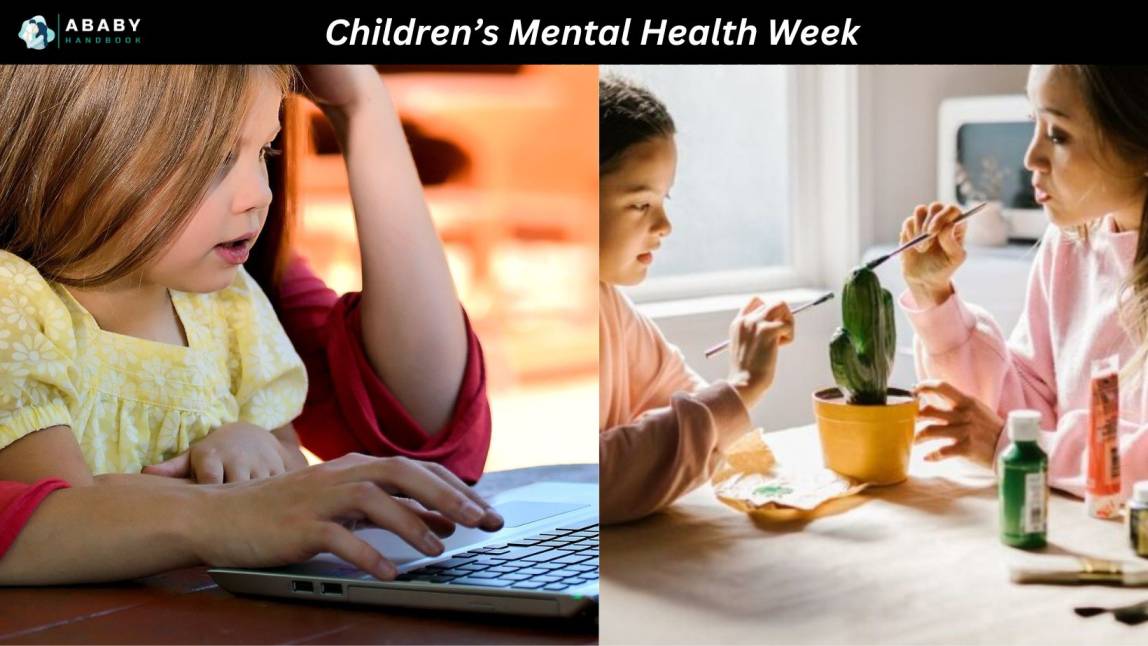The tonsils are two small lymph nodes located either side of the back of the throat. As with other lymph nodes, they form part of the immune system. Their job is to keep viruses and bacteria from making their way into the body through the nose and mouth. Sometimes, however, viruses and bacteria manage to infect the tonsils. An infection causes the tonsils to become irritated and inflamed. Doctors call inflammation of the tonsils tonsillitis. Tonsillitis generally affects children over the age of 2 years, and rarely affects adults. According to the U.S. National Library of Medicine, tonsillitis is such a common childhood illness, that every child experiences it at least once.
This article describes how the bacteria and viruses that cause tonsillitis can spread. We also outline the symptoms of tonsillitis, its treatment, and the prevention steps people can take.

Tonsillitis itself is not contagious, but the viruses and bacteria that cause it are. Tonsillitis is the body's inflammatory response to an infection of the tonsils. Tonsillitis itself is, therefore, not contagious. The viruses and bacteria that cause tonsillitis, however, are contagious. Consequently, the most effective way to stop the spread of tonsillitis is by halting the spread of the pathogens that cause it. Tonsillitis can occur as a result of either a bacterial or viral infection.
Bacterial tonsillitis
One of the main bacterial causes of tonsillitis is group A beta-hemolytic streptococcal (GABHS) infection, which doctors often shoten to group A (GA) strep. GA strep is the bacteria responsible for strep throat. According to a 2016 review, GA strep is responsible for 1530% of sore throats in children, and 515% of sore throats in adults. GA strep spreads when a person has direct contact with the saliva or mucus of someone who already has the infection. This includes breathing in bacteria-filled droplets from the air. Bacteria spread more quickly in places where people, especially children, are in close proximity. Examples include schools and daycare centers. GA strep usually begins causing symptoms between 25 days after the bacteria has infected someone.
Viral tonsillitis
The viruses that cause the common cold and influenza can also cause tonsillitis. These viruses can live on surfaces, such as computer keyboards and doorknobs, for hours. This resilience helps them to spread. Most of the time, tonsillitis develops very quickly. The most Common signs and symptoms of tonsillitis are:
- Some children may develop chronic, or recurrent, tonsillitis where they experience at least five episodes of tonsillitis in a year.
- In children under 5 years of age, the cause of tonsillitis is usually viral. In children between the ages of 5 and 15 years, the cause is usually bacterial.
- Up to 70% of acute cases of tonsillitis are caused by one of the following viruses:
- Determining whether a person's tonsillitis is due to a virus or bacteria is an essential step in providing effective treatment.
- Tonsillitis symptoms usually go away within 1-2 weeks. During this time, a person may benefit from the following home treatments:
- rest
- drinking plenty of fluids
- managing pain with throat lozenges and over-the-counter (OTC) remedies
- People who have bacterial tonsillitis will require antibiotic treatment. Antibiotics help speed up recovery and reduce the risk of rheumatic fever and other potential complications of bacterial tonsillitis.
The best way to avoid tonsillitis is to prevent the spread of viruses and bacteria that cause the infection. Healthcare professionals recommend:
- washing hands frequently
- using hand sanitizer if it is not possible to wash hands
- avoiding touching the face with unwashed hands
- teaching children to cover their mouths and noses when they cough or sneeze
- keeping sick children home from school until their fever has gone or they have received antibiotics for at least 24 hours
- making sure that people who are sick do not share food, beverages, or towels with people who are not sick
- disinfecting surfaces in shared living spaces
- replacing a person's toothbrush after they have recovered from tonsillitis
It is important to maintain good hygiene practices even when nobody appears to be sick. , This is because most people are contagious before they develop symptoms. Tonsillitis develops when an infection causes inflammation, irritation, and swelling in the tonsils. It is much more common among children than adults. In fact, almost every child in the United States has had tonsillitis at least once.
Tonsillitis itself is not contagious, but the viruses and bacteria that cause it are contagious. There are many precautions people can take to help prevent the spread of pathogens that cause tonsillitis. Examples include practicing good hygiene, containing coughs and sneezes, and avoiding close contact with people who are sick.








